THE DECISIVE MOMENT





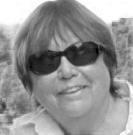
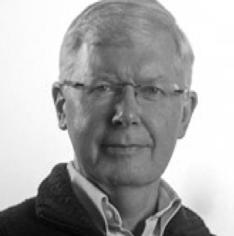
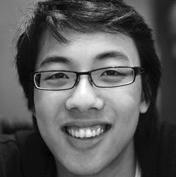
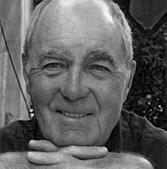
Retired from the UN refugee agency after a career as a workaholic, frequently living in a tent on remote borders in troubled regions. Have now achieved my work-life balance by getting a life after work. What do I like? Photography, photographers, being at home, travelling and people who respect human rights. What do I dislike? The fact that I am becoming a grumpy old woman and actually enjoying it.
I have been interested in photography since my late teens however family and work commitments took then priority and I’ve really only got back to it over the past 5 years since retiring from a life in the City. I joined the RPS, and the DVJ group, about 4 years ago and was awarded my LRPS in 2013. I am also a member of Woking Photographic Society and the Street Photography London collective. My particular interest is ‘street photography’, something that I’m able to combine with my part time work for a charity in London.
A trainee solicitor, Wan has been the Secretary of the DVJ Group for almost four years. Wan is still amazed at the wealth of knowledge that committee and group members have to offer. Wan hopes to do his Licentiate in the near future.
I was born in 1941. Took up photography in my teens and spent a lifetime in the motor industry. Fifty years involved with Volvo, the first twenty with the UK importers and the last thirty creating and building an independent retail motor group. I will have been married to Pamela for fifty three years in August and we have two sons. My other interests are golf and motorcycling. I am a former chair of the DVJ and gained my ARPS with a panel entitled Faces of Nepal.
And the rest of the team:
Facebook: Jonathon Taylor
Flickr: Chris Barbara, ARPS
DPOTY David Cantor, LRPS
WWI Project David Barnes, LRPS
Webmasters: David Barnes, LRPS & Chris Barbara, ARPS
DM Editor Keith Meredith, ARPS
DM Publisher Jhy Turley, LRPS
4. Notes from the chair
5. DPOTY 2015 awards
22. Interview with Hilary Roberts, Research Curator of Photography at the Imperial War Museum
Brighton
30. Around the World: Showcase for the work of our members living abroad
Pavement
42. LRPS Panel Gilbert A Turner
48. North East Documentary Group
52. Diary dates
53. DG Challenge
54. About The Documentary Group
Dear DG-ers,
This edition was delayed a little so that we could share the winning panels of the DPOTY competition with you. I hope it encourages you to enter next year.
Congratulations to all who entered, there were some great panels. Congratulations too to the winners, I hope you enjoy their panels.
We’re going to review how it went this year and changes we might bring in to make it easier to manage the project and encourage more people to enter. If you have views on this please email them to me at doc@rps.org so we can take them into account in our review.
I hope you’ll also enjoy the interview with Hilary Roberts, Photographic Curator at the Imperial War Museum.
We’re starting to plan for next year and have a few things in the pipeline – five workshops, with three different tutors, a portfolio review and a curator guided tour of the Lee Miller exhibition.
My main focus in 2016 will be to visit all RPS Regions to look at how we can, together with the Regional Committees, set up regional DG groups. The first of these takes place at the end of this month when we have a joint meeting with the Southern Region. Looking at the DG North East we think this is the best way to get members in regular touch with each other and for local joint activities. See article from Gordon Bates, who runs the DG North East.
If you have ideas for activities or views on where our priorities should be I’ll be pleased to hear them. I’m particularly interested to hear views from our overseas members as to how we can make their membership more interesting and active.
Best wishes for Christmas and the New Year and brilliant photography for 2016 – be sure to share it with us.
Best wishes,
Mo Connelly, Chair, DG
The 2016 DPOTY ended with a celebration at the Prize-giving and Documentary Group Social at the Rag Factory in Spitalfields, London.
A group of DG-ers met on 31 October for the presentation of the prizes to the winners of the DPOTY 2015. The DPOTY is now in its fourth year and each year we’ve got bigger. This year, for the first time, we had an exhibition at the wonderful Rag Factory on Heneage Street, with a DG social. Sponsorship from Olympus and the theprintspace helped to ensure worthy prizes for the winners.
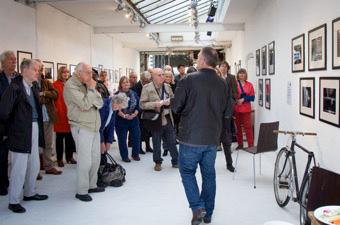



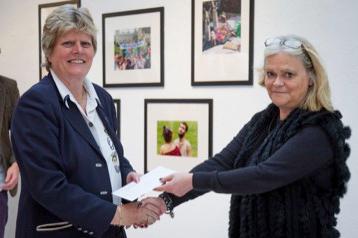
Mark Phillips ARPS
One of Mark’s images is now the ‘face’ of the RPS DG group on the website
Andrew Mills, ARPS
Who photograph was used on the DPOTY poster
Marylin Taylor, ARPS


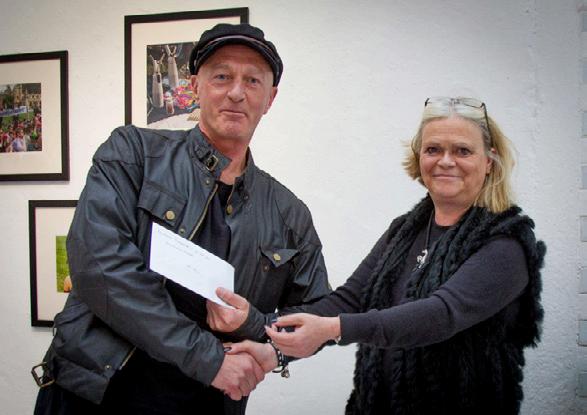
All winners received a book token and an RPS ribbon. In addition, the winners of both the EN and EX categories received a theprintspace specially mounted large print.
The overall winner of the competition was Mark Philips, who was presented with an Olympus camera (courtesy of Olympus) as well as an RPS medal.
You’ll have noticed from the images that our own Del Barrett, Chair of the RPS London Region and Council member, presented the prizes.
Our thanks go to all participants and those who helped with the exhibition. Special thanks go to Monica Weller and Steve Kingsland, our judges. And lastly, but importantly, thank you David Cantor, who has managed this project throughout and without whom there would have been no DPOTY.
The following pages showcase the extraordinary photos from our winners. These, along with all other entrants’ panels, can be seen at: dopty.com

Phillips ARPS - Membership Number: 29013
Picture the scene: it is mid-afternoon at the height of Summer in Arles. Lethargic bodies traipse around Martin Parr’s exhibit, ‘MMM’, amidst the sweltering heat.
‘Under Parr’, the title of this collection serves a dual purpose, implying both a reflection upon the demeanour of the individuals depicted, whilst echoing too, Parr’s penchant for witty social commentary and alternative visions. From peoples’ expressions and appearance here, can we assume they were unsatisfied?
Shot in mono, so as to avoid capturing the bold colours in Parr’s images, an alternative gaze of the exhibition is provided. A combination of the uncomfortable heat, lighting, props and architecture provides a backdrop to my images, which resonates in peoples’ expressions: at once inspired, but seemingly underwhelmed, relaxed but looking lethargic – or perhaps just a little under par(r)?



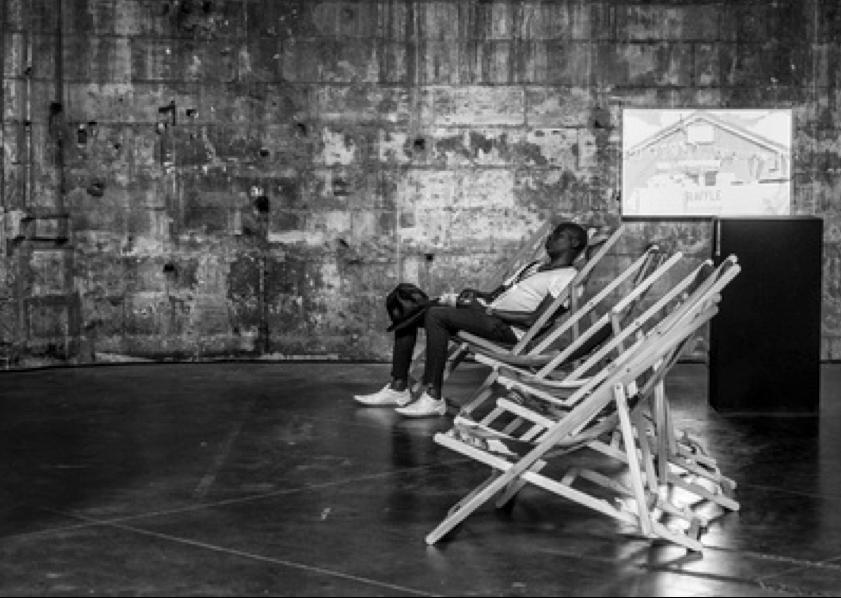
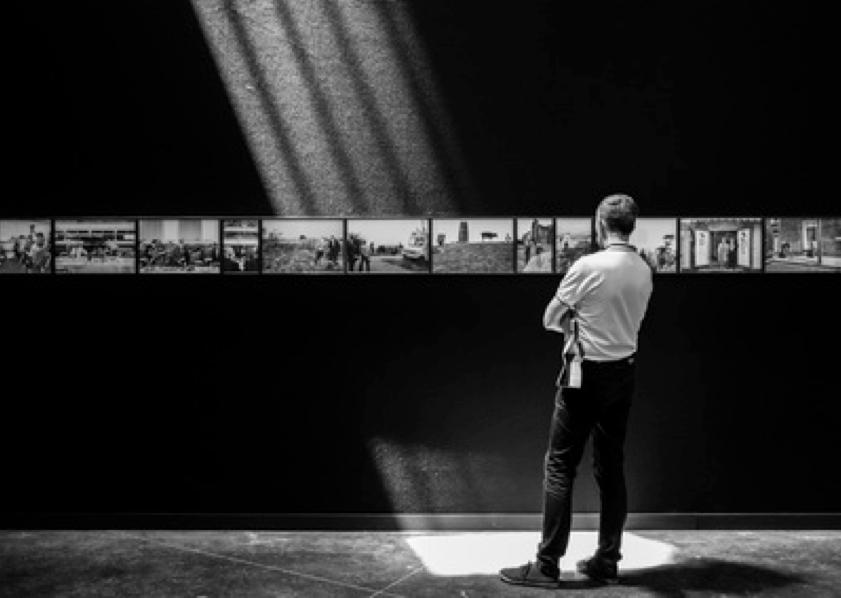
Andrew Mills ARPS - Membership Number: 90172
People doing what they do and sometimes what they don’t do.
These five in Prague and Lucca: Cuffed by pretzels.
Posing the poster.
OK, you jump.
Found the key yet? Waaaah.
Photography for me is experiencing and appreciating what’s around me. Making a document of it is being able to share it.

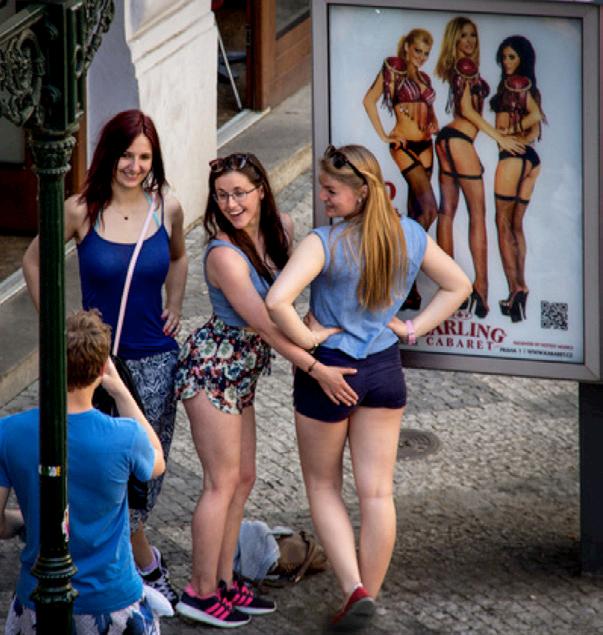
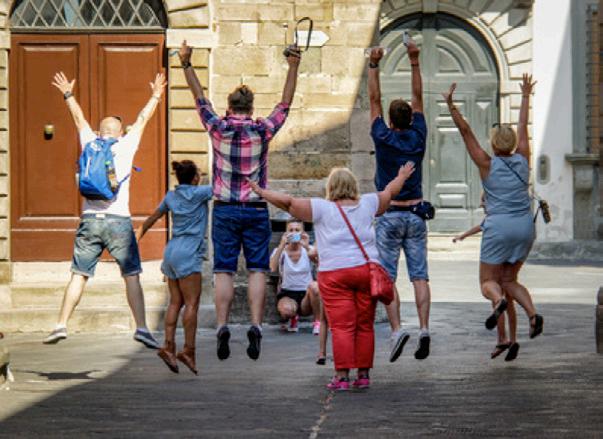

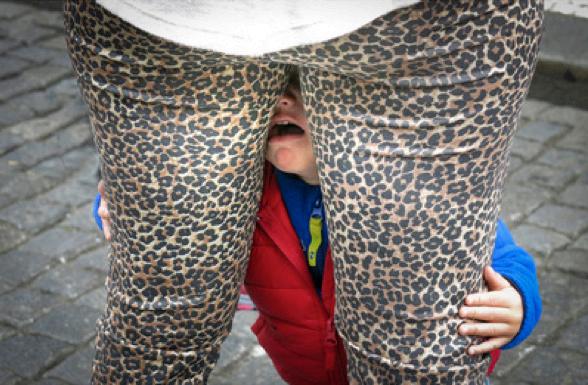
Marilyn Taylor - ARPS Membership Number 68798
Ovambo meets Himba
We were in Kaokoland in Namibia in March 2015, with two lovely Ovambo young women. They were being dressed up as Himba women, with skirts made of skins, and were decorated with shells and metal jewellery. A coating of butter and red ochre completed the preparations. The villagers looked a bit worried why their precious ochre was being wasted in this way.
Without any pre-arrangement, suddenly we were in the middle of an impromptu wedding – the father of the chief decided he needed two more wives. The dancing afterwards made for an entertaining afternoon – we even had paparazzi!
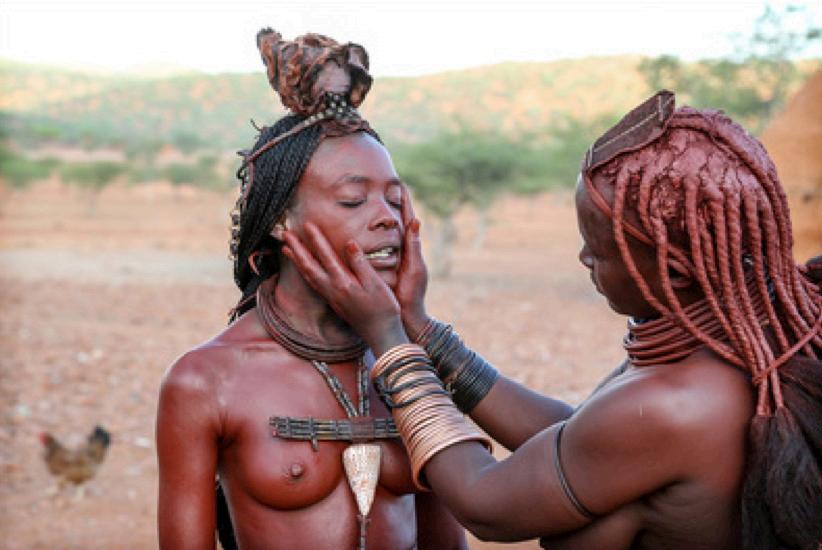

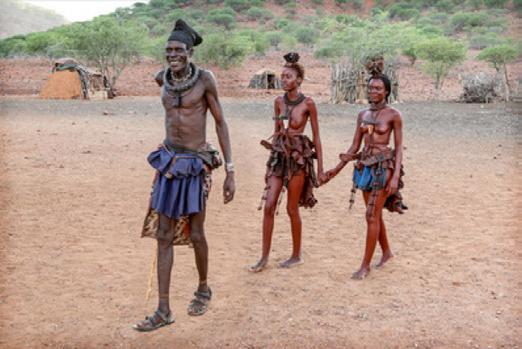
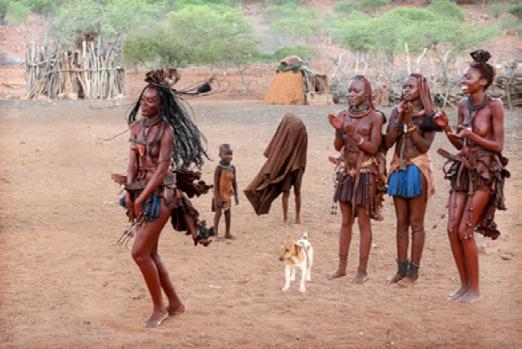
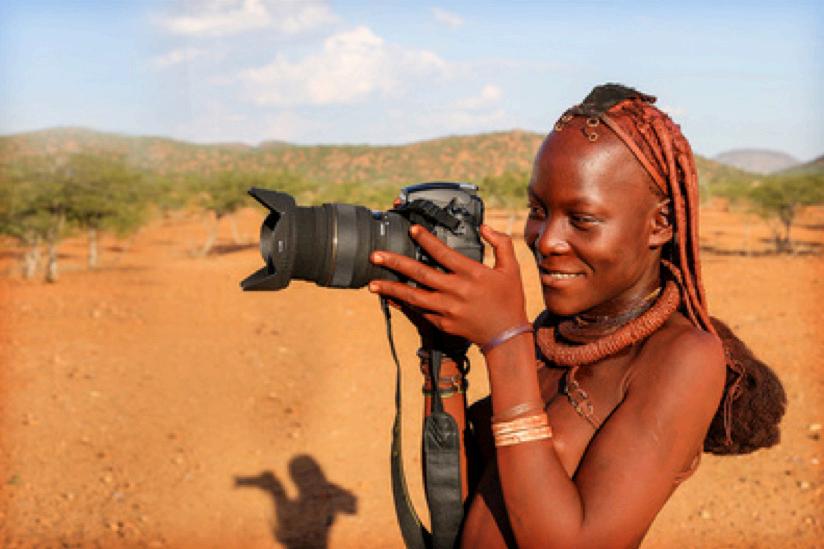
Chris Hilton LRPS - Membership Number 95584
The events that unfold when a ewe gives birth to triplets are extraordinary. After the ewe has been cleaned, the third lamb it is taken from the mother and its feet are bound with bailing twine. It is dunked, briefly, into warm water before being placed in a tub where the blood and amniotic fluid of another lamb, born as a single to another ewe, is rubbed all over it. The two lambs, born of different mothers, are placed in the tub together so their smells can homogenise before being presented back to the second ewe as twins. Once the ‘Cuckoo in the Nest’ is cleaned by its new mother the bindings are cut so the lamb gets to its feet ... smelling like her own lamb and staggering just as a new born should.



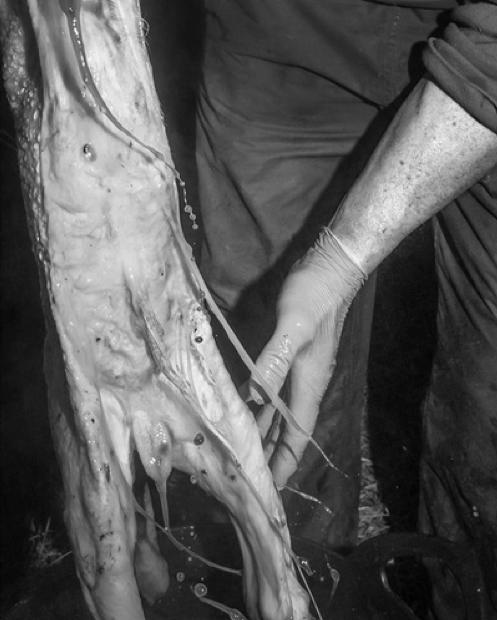

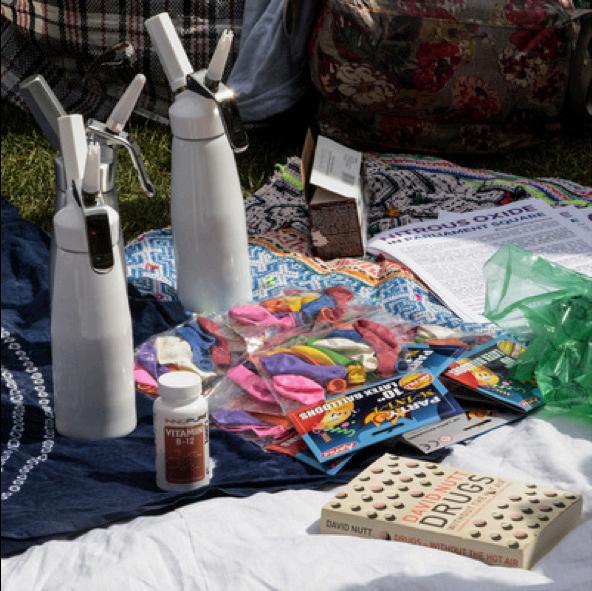

William Yates LRPS - Membership Number EN63117
These images record the scene in Parliament Square on 1 August 2015 when activists staged what they described as a ‘mass inhalation’ of nitrous oxide (laughing gas), organised in protest against the government’s Psychoactive Substances Bill, which is intended to outlaw the use of hitherto legal mood-altering drugs. The protesters, who favour laws to regulate the use of drugs rather than prohibition, gathered in the presence of a large contingent of the press and broadcast media to fill balloons with the gas - which is also known as ‘hippy crack’ - and then simultaneously inhale as Big Ben struck 3pm.


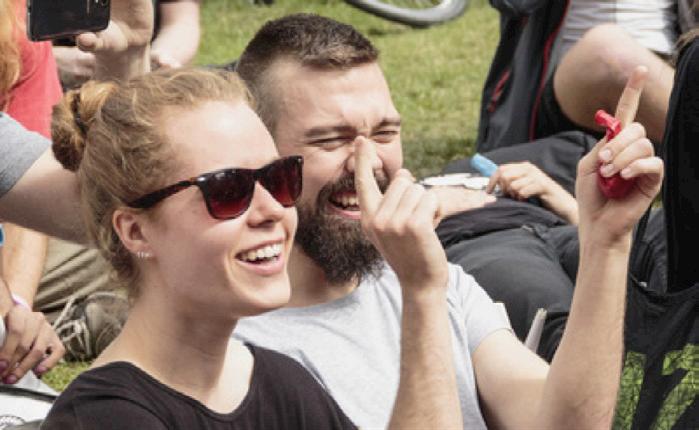
Martin Bond - Membership Number 97293
I am a Cambridge street photographer. My pictures capture people and places in a moment in time and explore the relationships between individuals and their surroundings. A key requirement is that the captured scene is unplanned, with an absence of prior arrangement. My focus for this assignment was to capture lone individuals who were possibly unaware of their placement within their surroundings and if so, what was in the mind of the subject that detached them from such unquestionable beauty?
These images might well remind us, while we are busy dreaming of some other life that would provide happiness - that life is happening to us here and now, and that we might benefit from paying more attention to that which is around us.
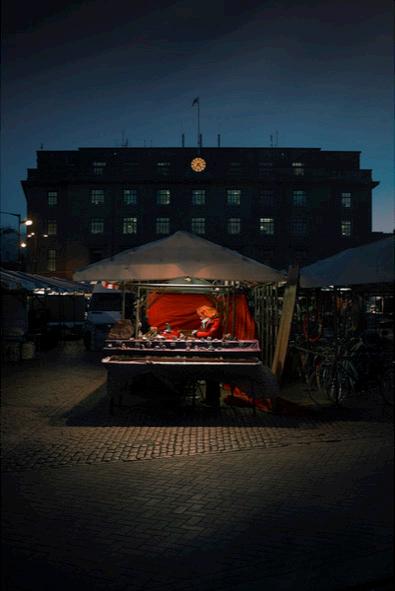



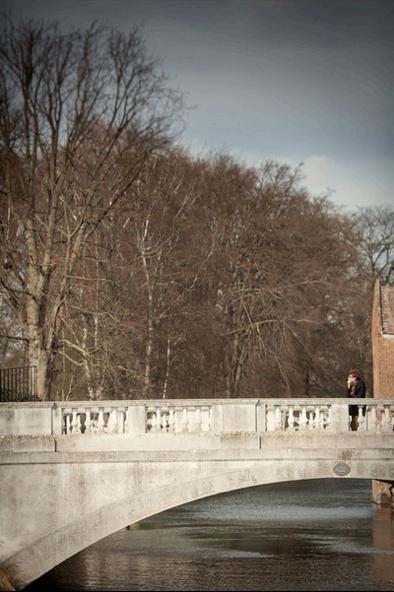
Hilary Roberts has been a photographic historian, researcher and curator at the Imperial War Museum for over 35 years. For me she’s made war photography, particularly historic war photography, interesting and educational. I went to the Imperial War Museum to find out more about what a research curator does and how you become one. The answer to both seems to be passion, hard work and patience.

Mo: How did you become a curator?
HR: My first degree was in History and German at Sussex University. I also studied at the university of Freiburg i. Breisgau, Germany which is where I first became interested in archives. After completing a Masters in Archive Studies at University College London, I joined the IWM in 1980 as an assistant curator – and never left. I became Head Curator in 1996 and Research Curator of Photography in 2013.
Mo: Why curatorship?
HR: Working as a curator of photography at IWM fulfilled my two interests – modern history and photography – as well as a desire to explore new ground. The application of curatorial skills to photography was still relatively new in 1980. At that time, a photograph was usually regarded as a supporting illustration for a piece of text rather than an important historical artifact in its own right.
And the IWM was changing too. In 1980, the generation which had fought or lived through the two world wars as adults was still very much with us and the IWM’s approach to curatorship and interpretation reflected this fact. Today, the majority of IWM visitors were born well after 1945. For them, the two world wars are more remote while contemporary conflicts (such as Britain’s engagement in Afghanistan) are now very much to the fore.
Contemporary conflict is always harder to curate because you’re only able to scratch the surface of understanding while the conflict is ongoing or in its immediate aftermath. Over time, more information and more photographs come to light. When you retell a story (such as the Falklands War) repeatedly over time, you find you have more to draw on each time. This can lead to different interpretations. Even if the basic facts seem the same, the story may have different nuances. As a curator, you are constantly learning. In doing so, you push forward the boundaries of knowledge and understanding for others.
Mo: 35 Years with IWM is a long time. What are your milestones?
HR: Prior to 1996, I concentrated on developing the collection and documenting it. This led to some wonderful discoveries such as the photographs of William Lawrence, taken clandestinely in a German prisoner of war camp during the Second World War. From 1996, my time was focused on managing the collection and curatorial team. It was a really exciting time – the transition to a digital environment and digital asset management. At the same time, we were researching the history of the collection in depth, establishing more information on who took the pictures and why.
Since 2008, much of my time has been devoted to curating a series of major photographic exhibitions and books for IWM, which raises the profile of how war affects those who photograph it, and how their work in turn affects us. These commenced with the 2008 IWM North exhibition on George Rodger (Life Magazine photojournalist and co-founder of Magnum): Contact: George Rodger’s War Photographs.
“Working as a curator of photography at IWM fulfilled my two interests – modern history and photography”
A particular highlight of this series was working with Don McCullin on Don McCullin: Shaped by War (2010-2012). Since then, there have been two further projects: Cecil Beaton: Theatre of War (2012) and Lee Miller: a Woman’s War (2015-2016) which examines Lee Miller’s evolving vision of women in Britain and Europe during the Second World War.
Mo: Tell me something about the process that culminates in a major exhibition?
HR: IWM is a family of five museums and each uses photographs in different ways. There is a central IWM programming committee that decides on exhibitions and, like many national museums, we usually plan at least three years ahead. We do receive a lot of proposals from photographers and I review these with my colleagues. If I wish to propose a project myself, I go through the same process as everyone else.
For example, the Lee Miller project came out of a discussion with Tony Penrose, Miller’s son, in 2011. We drew up a concept and took it to the programming committee.
Once agreed, there is a standard IWM planning procedure to take the project forward. One important decision is whether there should be a book to accompany the exhibition. IWM doesn’t produce exhibition catalogues, but an accompanying book can last long after the exhibition. Once planning is complete and the resources secured, the work begins: research, research and more research. You should know a great deal about the subject already, but you need to know much more – to put the subject under a microscope. You need to look at primary sources, identify secondary sources, review what’s been done in the past and put that on one side and then decide on what you want to say. Sometimes, you already know what you want to say but research is important to confirm your ideas. If it doesn’t, you have to start again. Research is followed by content selection, design and a host of other steps.
Mo: What’s the most challenging exhibition you’ve ever done?
HR: All have different challenges.
Working with Don McCullin involved not only working with a legend but with a very busy photographer, so I really had to have my act together. He was an absolute pleasure to work with, but when your project involves such a well known photographer, the challenge is what can you say that is new?
For Cecil Beaton, it was trying to get into the essence of his relationship with conflict – he was the most unlikely war photographer you could imagine - so how could you explain what happened?
With Lee Miller, the challenge has been that - as a photographer and as a woman - she had a very complex and compartmentalized personality. She seems quite straightforward in some ways, but when you look beneath the surface there’s a lot going on.
Mo: Apart from adding to your experience and knowledge, what have you learnt about war photographers in general from these exhibitions?
HR: Each took me on a different journey.
McCullin has his roots in documentary photography and history. Beaton and Miller took me into the world of art, theatre, surrealism and haute cuisine. Recently people have begun to understand that war leaves its mark on war photographers themselves. For me, it was important to understand how all three came to terms with the legacy of their wartime experiences: McCullin turned to landscape and travel photography; Beaton turned to theatre and film set designs and Miller turned to haute cuisine.
Photography is not just about equipment but about your life experience. This affects how a photographer responds to the scenes that they photograph. Their photographs affect us in turn. It is through the work of war photographers that we have a better understanding of conflict.
Mo: How do you manage a work/life balance?
I often think of life being a series of spinning plates – if you’re happy with multi tasking, as I am, it works. But working on a major exhibition is all encompassing. I take down time – reading and walking are great relaxers and when I have time I travel and get my own camera out.
I’m not a professional photographer, but I do photograph for pleasure. I was honoured to have been made a Canon Master 18 months ago, with a remit to mentor young photographers.
Interview by Mo Connelly www.iwm.org.uk
“Photography is not just about equipment but about your life experience.”
On 13th September 2015 members of the RPS Documentary Group organised 3 different photo walks in Brighton. The walks were limited to 8 participants so a total of 24 members altogether. The Ace Reunion walk was led by David Barnes; the Rathayatra walk by Chris Barbara and the Life’s a Beach walk by Chris Jennings. Although the individuals all went on the walk of their choice we found that by the end of the day almost everybody had managed to capture images from each of the locations/events. As the sun was going down we met up for a catch up and a drink in a beach-side café and we couldn’t resist a few shot’s of the sunset behind the iconic West Pier. Images have been posted on the Documentary Flickr site which all members are invited to join:
https://www.flickr.com/groups/2764974@N25/
Each leader then chose one winning image from those posted to Flickr for their walk. These are the leaders brief accounts of the day.

David Barnes LRPS
The instructions for meeting were clear. “Meet under the clock at Brighton station” they said. Such a pity that the leader of this particular walk had not been to the station for many years for if he had been he would have realised that “under the clock” is possible only if one has a train ticket as the barriers had been moved since his last visit. A source of amusement for those meeting but it’s not too difficult to spot a collection of photographers each festooned with camera equipment (well, a camera and a bag!)
We eventually arrived at the seafront with its crowds and noise from hundreds of engines. There’s nothing quite like the roar of an engine coupled with the smell of oil on hot metal. The displays varied from the old and decrepit through the bizarre to the clean and shiny.
However, to judge from the images submitted to our Flickr Group most attention was given to the people present: Rockers in leather, Mods in parkas and Teds in drapes and brothel creepers. It was all very friendly with no one seemingly objecting to being photographed. By late afternoon people were drifting away and there was not a single deckchair thrown in anger. I suppose aging gets us all in the end.
The winner image from the Ace Café Reunion is by David Gleave: https://www.flickr.com/photos/ northernfacephoto/21204263818/in/pool-2764974@N25/
Rathayatra Festival 2015 by Chris Barbara ARPS
Rathayatra is celebrated by devotees of Lord Krishna all over the world. It is the International Society for Krishna Consciousness. It takes place in Brighton and Hove every year and features a huge wooden chariot being pulled by the hands of devotees and onlookers singing, chanting and dancing to the rhythm of the drums and cymbals.
The Festival started with a vegetarian feast ‘Prasadam’ laid out on tables along the promenade. It wasn’t long before our group were tucking into an unexpected but welcome, spicy lunch... As well as taking photo’s of the colourful food and the long line of those serving it.
Although the procession is a loud, vibrant event the route is short and goes backwards and forwards between Hove Lawns and West Pier so the opportunities for photography were close up and we had to be careful not to get run over by the hundreds of people pulling the chariot. It wasn’t long before we were wrapped up in the festival atmosphere and some of us were chanting the words of the Hare Krishna mantra! I even bought the CD to relax me when I’m driving.
The colourful images taken by this group reflect a different world and a different culture to the black and white images taken at the Ace Reunion and the range of ‘Martin Parr’ style images taken by the Life’s a Beach group.
In choosing the winning image I looked for an picture that showed the true and vibrant Festival within the Brighton and Hove community. Colin Smith’s image of the smiling Mayor in the centre of the devotees with colourful petals falling around her completely met my brief. Others had similar images but Colin’s image just had the edge: https://www.flickr.com/photos/csmithphotos/21410807520/in/ pool-2764974@N25/
Life’s a Beach by Chris Jennings LRPS
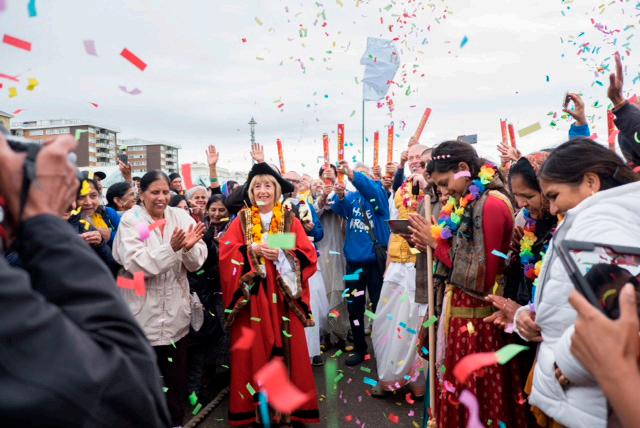
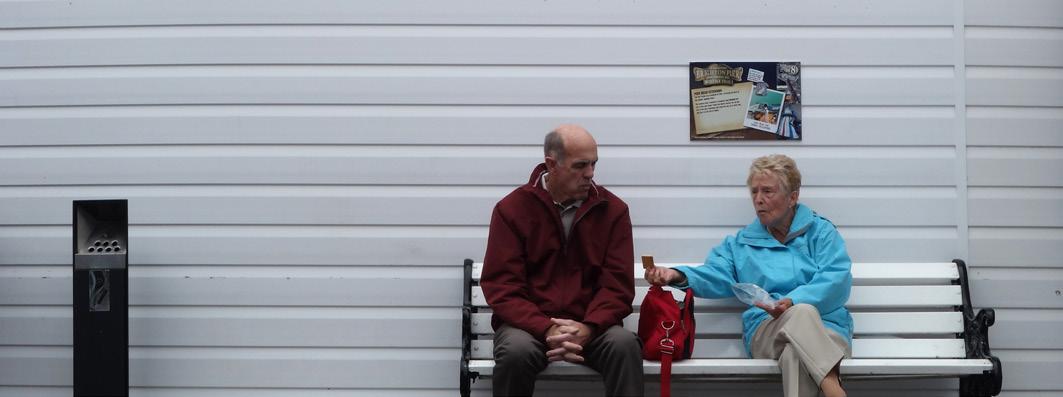
Life’s a Beach was one of three simultaneous Brighton photo walks organised by the RPS Documentary Group. The weather forecasts had been gloomy; the Meteorological Office predicting heavy rain. Nevertheless, everybody turned up and the full house enjoyed, if not perfect early autumn weather, at least an absence of rain. Plenty of others were similarly optimistic and Brighton Pier as well as the whole seafront was crowded.
The brief was to walk the area between Brighton Pier and the ruins of West Pier, looking for images that reflected the photography of Martin Parr.
Each participant interpreted the brief in her or his particular way and we were rewarded with a fine selection of images posted on the RPS Documentary Group Flickr site. We had Joe Benvenuti’s nicely observed leather-clad noodle eaters on the pier; Jonathan Taylor’s precisely timed basketball players; Mo Connelly’s man sleeping on the beach, a disturbing image inviting questions about why he is alone and his bin-bag pillow; Paul Connor’s careful but dynamic composition of a visitor in front a sand sculpture of a pair of dogs and; Lynda Morris’s teenagers on the beach, all wrapped up against English seaside weather, the three boys giggling over their phone, the girls posing, all against the background of the West Pier.
But pick of the bunch and the winning image was Dawn Clifford’s image “Take a Biscuit” showing a couple sitting on a bench, sharing a snack. It is a fine composition, superbly timed, which captures a quintessentially British seaside moment:
https://www.flickr.com/photos/57822322@N05/21582545782/ in/pool-2764974@N25/
I am based in Shanghai and an advocate of street photography; trying to catch brief moments in the older alleyways and streets that are rapidly being demolished in the name of progress.





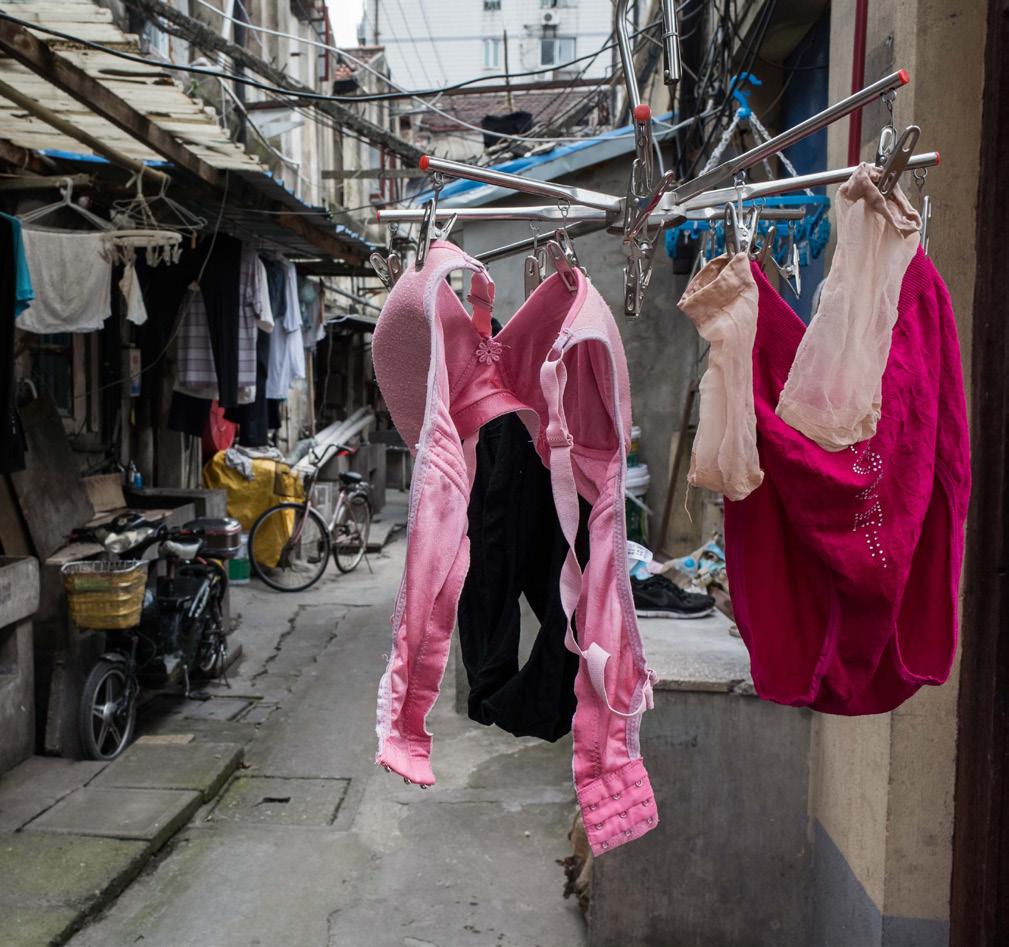
This portfolio celebrates the centenary of the Colonel Francis G. Ward Pumping Station, brought online in 1915 to provide water to the city of Buffalo.
Water flows under gravity from the Roundhouse Intake, 6,600 feet offshore in Lake Erie, along a 12x12 foot tunnel to the Pumping Station. The Station houses five immense vertical steam-driven reciprocating pumps: each pump weighs 1,100 tons, stands 60 feet tall, has two 20-foot diameter 30-ton flywheels, produces 1,200 horsepower, and is capable of discharging 30 million gallons of water per day through 48-inch diameter pipes. Higher capacity (50 mgd) electric pumps supplanted these steam pumps in 1938, but the steam pumps were retained in full working order through to the 1970s as a back-up system
The pumps stand like a row of sleeping giants in splendid majesty, hand-crafted from larger than life building blocks, monumental silent reminders of an earlier heyday. In these images I’m documenting the pump’s gargantuan scale, muscular elements and intimate details, as testament to the imposing grandeur of an awe-inspiring industrial engineering achievement, a public-works temple to civic pride.
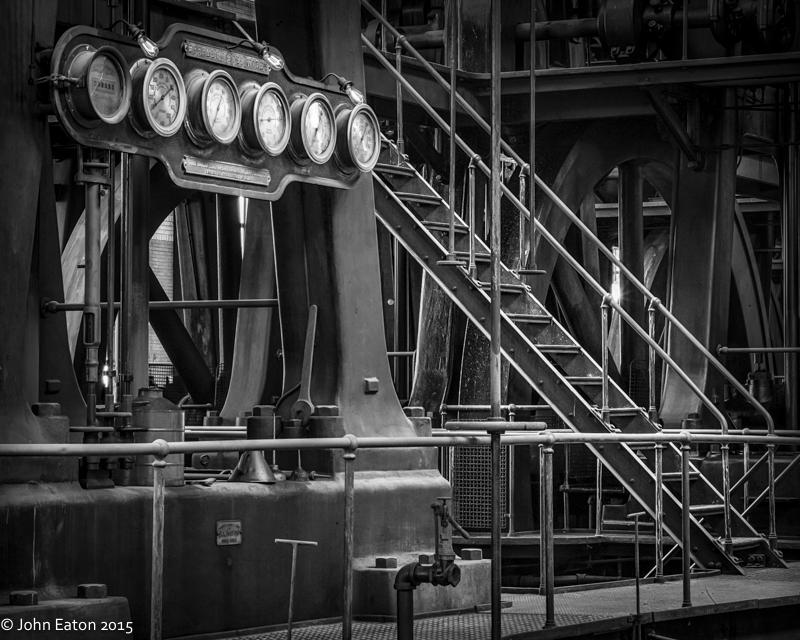
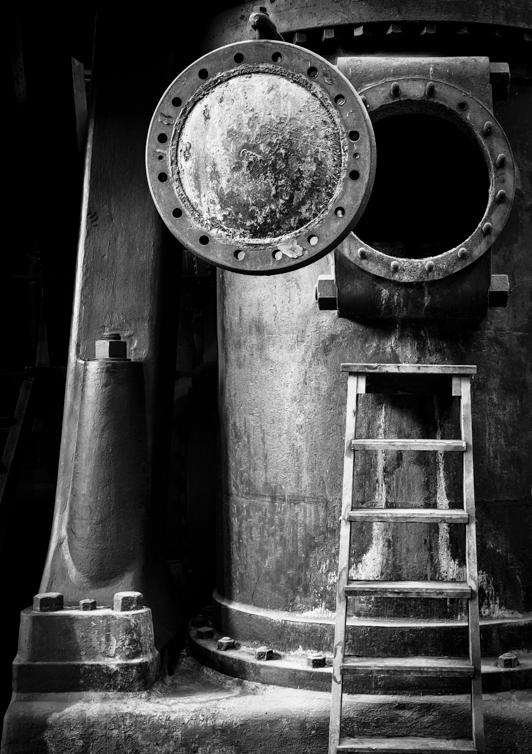


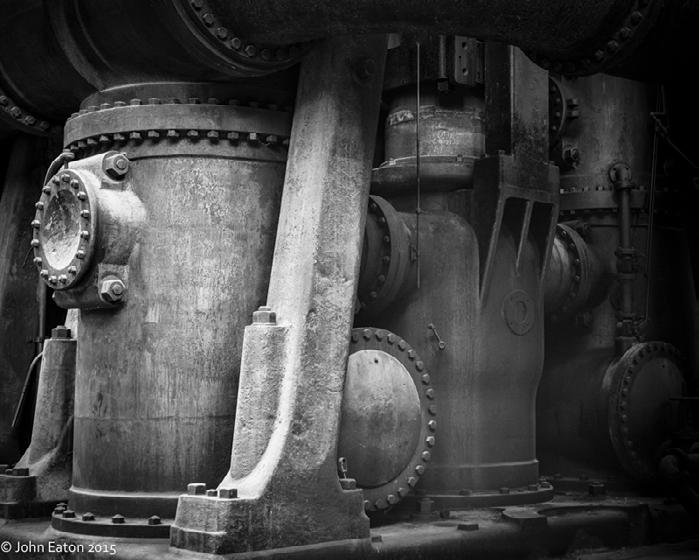
I’ve always been drawn to people and street photography. In the early 1980s on trip to Paris I went to Montmartre with my trusted Minolta SLR loaded with Ilford FP4 and spent some time photographing the pavement artists in a square near the Sacre Coeur. I tried to photograph the public paying to have a portrait taken, the portraits themselves and the artists. I was struck by how bad most of the artists were. Although one image here appears to show an artist gesturing me away I don’t remember any problems at the time from sitters or artists. At that time the majority of the sitters seemed to be French rather then foreign tourists. What I captured was sophisticated chic Parisian women being rendered unrecognisable by artists who seemed to fit every sitter into the same face, the only one they could draw.
I call my first image here “He only draws One Face” as it seems to me that the image on the easel is going to turn out like the one of a previous sitter which is resting on the ground, and not at all like the elegant sitter in front of him that he is drawing. I call my second image “Shock Coming” as a petite young woman with a gamin haircut in a leopard skin coat holds her pose. “Shock Happening” is my title for when she finds she has been rendered with a plumper face much fuller hair and in a zebra skin. I want to believe that she refused to pay!
My last image I call “Maybe this one will be better”, I don’t know why I should be optimistic but so far this artist does appear to be getting the hair of his sitter right.





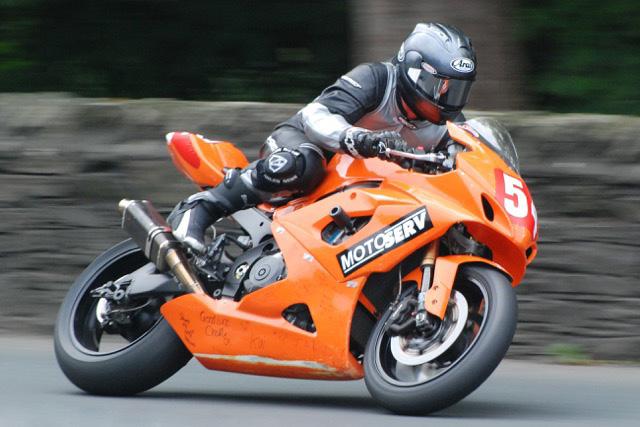
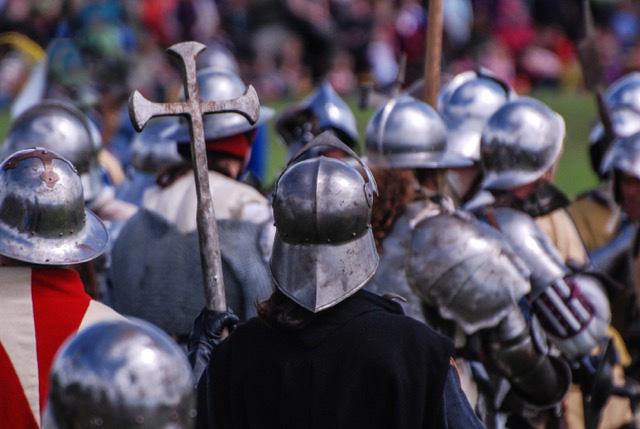
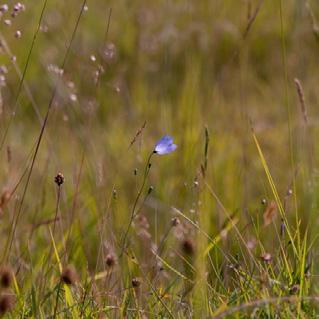


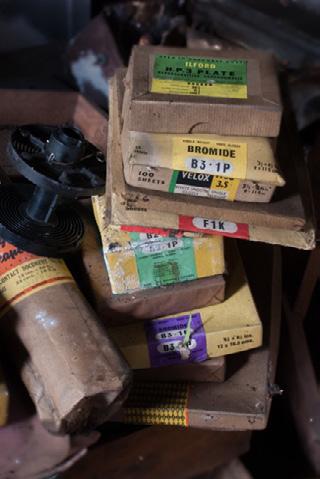
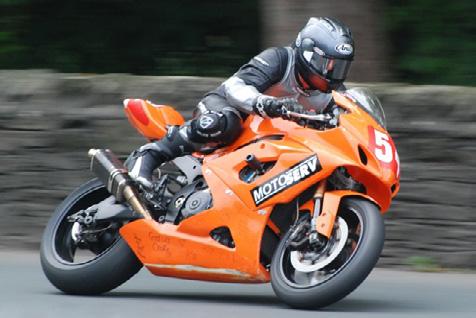




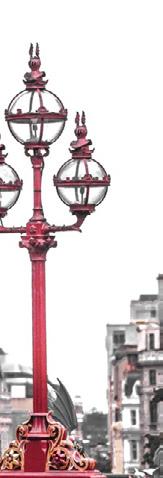
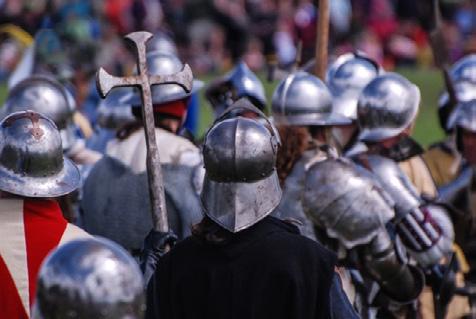



In Spring 2015 the Documentary Sug-Group for the North East (NEDG) was formed by four DG members, and has gone from strength to strength since then.. There are now twelve members; interest is growing all the time and we are grateful to Documentary Group Chair, Mo Connelly, for her encouragement, advice and continuing interest in our activities.
Our first meeting was held in July to coincide with the Forever Amber exhibition, a retrospective of Newcastle’s Side Gallery’s archive, at the Laing Art Gallery, in Newcastle. The Amber/Side Collective came together in 1968 ‘to collect documents of working class culture’ and through photography and film has explored the lives of marginalised communities ever since. The opening of the Side Gallery in 1977 proved pivotal and, a year later, Henri Cartier-Bresson celebrated his 70th birthday with the Collective and a retrospective exhibition at the gallery. The collection now holds over 20,000 photographs and 12,000 transparencies.
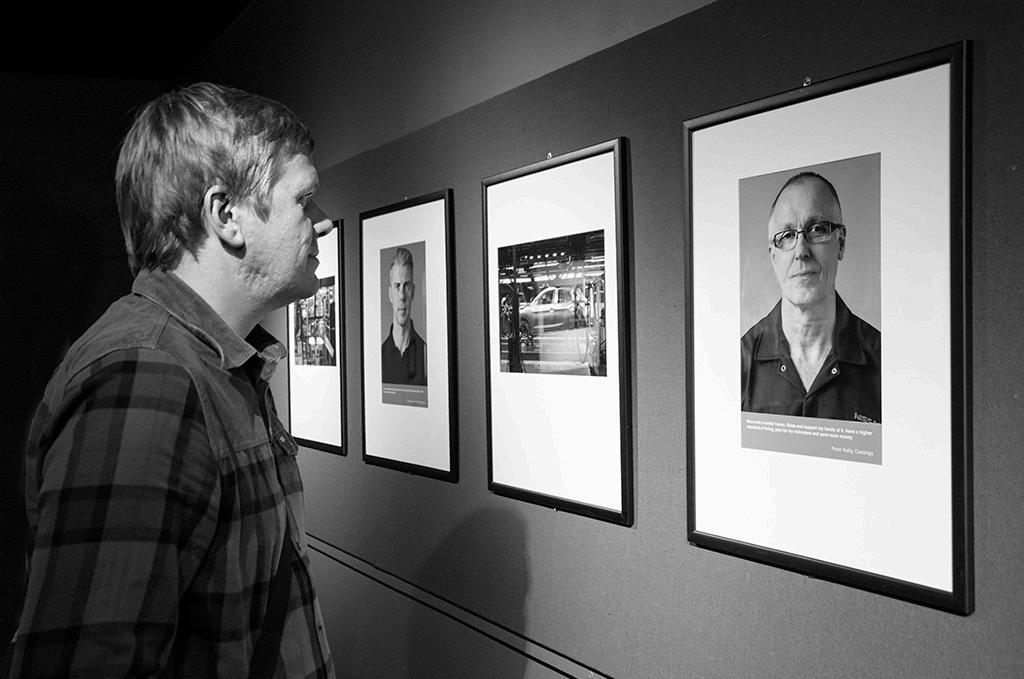

At the meeting, it was agreed that the group would:
• provide a forum for critiquing each others work;
• promote discussion about documentary photography;
• organise photoshoots;
• share information about events, exhibitions, publications, websites etc.
• consider establishing a closed Flickr group.
Since the meeting, the Flickr group has been established by Marj Baillie who continues to act as Administrator.
The next meeting took us to the Oriental Museum in Durham City, to view photographer James Sebright’s exhibition, ‘Nissan: 30 Years On’, reflecting on the impact of three decades of Nissan in the lives of the people of North East England. This exhibition is a collaboration between James and writer and audio artist Rachel Cochrane and used photography, written word, audio and film to capture portraits of the people behind the machinery at North East England’s largest employer.
James came along to the meeting to talk about his work and, in particular, the intricacies of putting together the proposal for funding the project, and some of the issues he had to overcome during the project.

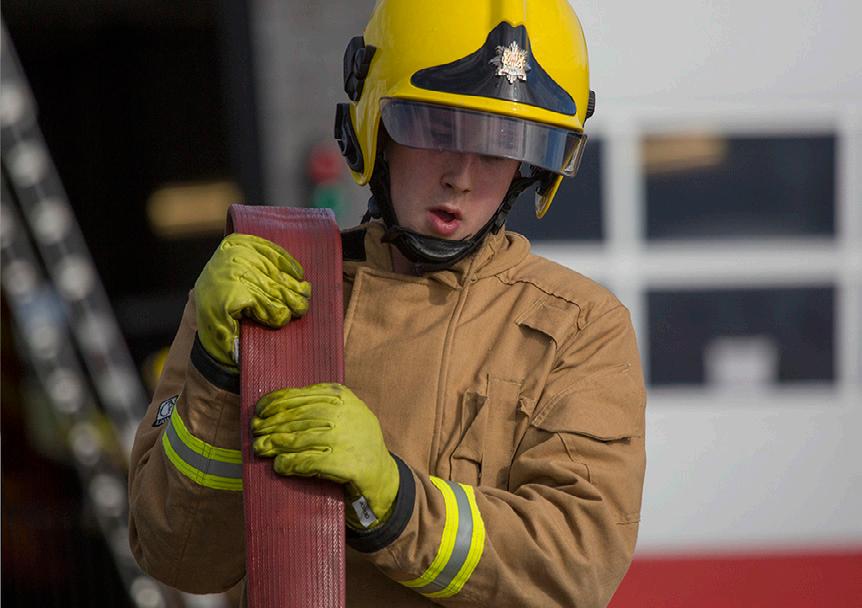


The first group photo-shoot was held at the Northumberland Fire Service Training Centre on 12th October and organised by John Clarke. It proved to be a very rewarding and enjoyable day photographing new recruits going through their initial training. John used a personal contact to secure the visit and we hope that other members of the group will be able to organise similar events.
Two members of the group, Joanne Coates and John Clarke, have taken part in a long running project, ‘Portraits From the North East, an exhibition which has been shown at several venues throughout the region, and the group will meet at Sunderland’s Winter Gardens for a viewing on Saturday, 7th November.
Our next meeting will be held on Saturday, 9th January 2016 and anyone interested in coming along to the meeting, or finding out more about the group, can contact Group Organiser, Gordon Bates, by emailing docne@rps.org .
Gordon Bates
Explore the impact of the Second World War on women’s lives through the photography of Lee Miller, one of the most important war photographers of the twentieth century. This exhibition is the first to address Miller’s vision of gender and features many photographs, objects, art and personal items never before seen on display.
There is a book that goes with the exhibition – which will be of interest to anyone concerned with war studies, women’s studies, documentary photography or Lee Miller.
Imperial War Museum
London
Until 24 April 2016
www.iwm.org.uk/exhibitions/iwmlondon/lee-miller-a-woman-s-war
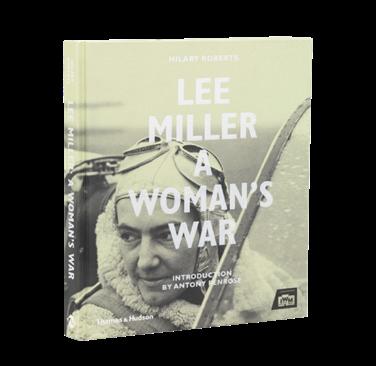
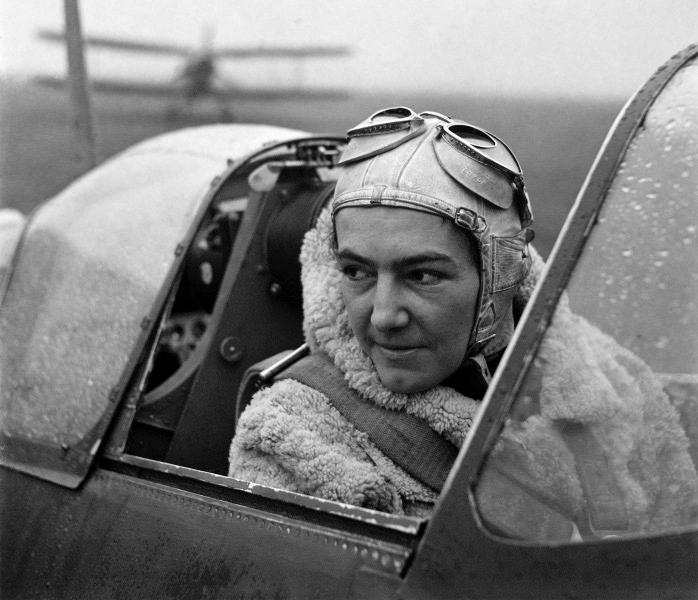
Published to coincide with an exhibition at the Imperial War Museum, Lee Miller: A Woman’s War tells the story beyond the battlefields of the Second World War by way of Millers extraordinary photographs of the women whose lives were affected.
Introductions by Hilary Roberts and Antony Penrose, Lee Millers son, precede Millers work, which is divided into chronological chapters. Millers photographs, many previously unpublished, are accompanied by extended captions that place the images within the context of women’s roles within the landscape of war.
The Documentary Group is organising a curator-led tour of the exhibition in February, details will follow.
We’ve decided to set up a regular DG Challenge, and here is the first one:
Extract ‘From the Images of Man Audiovisual Series, The Decisive Moment: Henri Cartier-Bresson, 1973
“The most difficult thing for me is a portrait. It’s a question mark you put on somebody. Trying to say, “Who is it? What does it amount to? What is the significance of that face?” The difference between a portrait and a snapshot is that in the portrait the person has agreed to be photographed.
I like to take pictures of people in their environment – the animal in its habitat. It is fascinating coming into people’s homes, looking at them. But you have to be like a cat. Not disturb.. On tiptoes, always on tiptoes. It’s like a biologist and his microscope. When you study the thing it doesn’t react the same way as when it is not being studied. And you have to try and put your camera between the skin of the person and his shirt, which is not an easy thing.”
Using Cartier-Bresson’s text go out and shoot a portrait of someone in their environment. Send your best portrait (web sized) to doc@rps.org (mark your email DG Challenge no. 1) together with a brief explanation of the image) and I will set up an album on the RPS website. We’ll even see if we can find a prize for the best one (in the opinion of your DG Committee).
Enjoy!
Mo

The Documentary Group (formerly the Documentary and Visual Journalism Group) focuses on photography which chronicles everyday life in the broadest possible way, as well as topical events and photography which preserves the present for the future. It is typically found in professional photojournalism, real life reportage, but importantly for us it is an amateur, artistic, or academic pursuit. The photographer attempts to produce truthful, objective, and usually candid photography of a particular subject, often of people.
Members form a dynamic and diverse group of photographers globally who share a common interest in documentary and street photography. We welcome photographers of all skill levels and offer members a diverse programme of workshops, photo-shoots, longerterm projects, a prestigious annual Documentary Photographer of the Year (DPOTY) competition, exhibitions, and a quarterly e-journal “Decisive Moment’. In addition to our AGM and members gettogether we have an autumn prize-giving for the DPOTY incorporating a members social day.
Some longer-term collaborative projects are in the pipeline for the future. Additionally, we have an active Flickr group and Facebook page.
Members are offered an annual £10 discount voucher on any paid DG event.
The Documentary Group is always keen to expand its activities and relies on ideas and volunteer input from its members.
If you’re not a member come and join us see: http://www.rps.org/special-interest-groups/ documentary/about/dvj-membership
Find us on the RPS website at: http://www.rps.org/special-interest-groups/documentary
On Flickr at: https://www.flickr.com/groups/2764974@N25/
On Facebook at: https://www.facebook.com/groups/RPSDVJ/
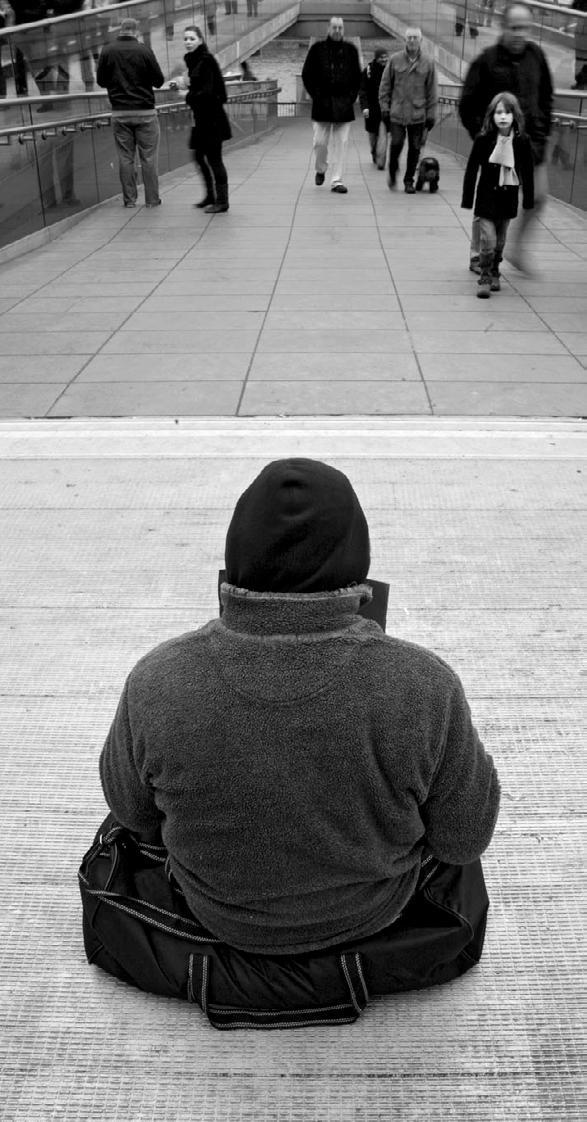
Taken on the Millennium Bridge. I have titled it ‘Begging Zone’ as there is clearly a demarcation between the beggar and the public. For me the decisive moment is captured in the face of the young girl (an innocent encounter) and the young woman who has walked past but has been prompted to look back.
Bob Train LRPS
www.rps.org/special-interest-groups/documentary
Designed & Published by Jhy Turley LRPS www.jhyturley.com
